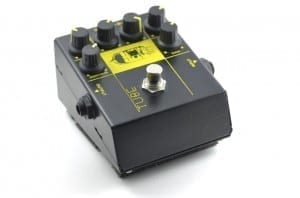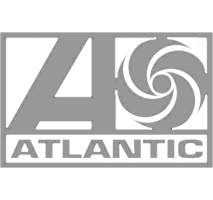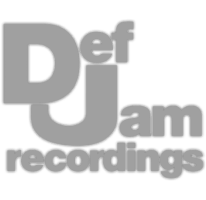Types of Distortion Pedals
When it comes down to it, there are essentially three types of distortion pedals: overdrive pedals, fuzz pedals and those simply labeled “distortion.” But if you've spent any time looking for these pedals, you know there are seemingly innumerable options within those three categories.

Since guitar distortion is one of the most popular effects used on recordings today, here we’ll take a look at what different types of distortion effects do to your guitar signal, and how you can use them to achieve the guitar tone you desire on your tracks.
A Brief History of Distortion
To understand how today’s popular models of distortion effects came about, it is important to first understand how distortion came to be popular in the first place. Distortion has almost always been a dirty word in audio terms, but guitarists decided to change that starting in the middle of the last century.
As electric guitars played through tube amps became popular throughout the 1950s, players noticed they liked the sounds produced when they turned up their amps and overloaded the tubes. As you would suspect, this is where overdrive pedals get their names as they attempt to recreate this overdriven sound. Many guitarists, of course, still prefer to come by that distortion sound naturally by cranking up a tube amp.
Going into the 1960s rock and roll was getting wilder, and while some of the American public was already scared of the new genre, many artists were already looking to expand the boundaries of their guitar sound.
A famous example of this is the distorted sound on the Kinks “You Really Got Me,” which reportedly was the result of guitarist Dave Davies slicing the cone of his amp speaker with a razor before the song was recorded in 1964. Distortion effects became more popular the following year in part because of Keith Richards using a Fuzz effect for the main riff to “Satisfaction.”
The rest, as they say, is history, and distortion of some form or another can be found on guitars playing nearly every type of genre imaginable today.
Differences in the Three Types of Distortion
Here’s a look at the types of distortion produced by the three primary types of effects pedals. Of course, these will vary wildly by brand and model, and the only way to get a real feel for each individual pedal (and what it can do for you recordings) is to try them out in person.
Overdrive - As mentioned above, this one is fairly self-explanatory, as it is attempting to recreate the sound of an overdriven tube amp, and therefore could be called the most natural type of distortion. As far as sound, it is typically lighter and more subtle than other distortions, though most pedals allow settings that produce much heavier overdrive.Despite the fact that these pedals are used to recreate the sound of tube amps, it should be remembered that they are just as often used with a tube amp as they are with a solid state amp.
Fuzz Box - As mentioned above, these were one of the first types of distortion effects, and therefore tend to sound a little rudimentary by today’s standards. They tend to produce a somewhat muddy sound that can be less harsh than other distortions, but also less distinct.While some players see this sound as a disadvantage, others see this as a throwback to the early days of distortion effects and garage rock.
Distortion - With the most generic name, “distortion” effects tend to provide much more distortion than overdrive pedals, and harsher but more distinct sound than fuzz boxes. While these are used by all types of players, they became associated with the sounds of the first heavy metal acts in the late 1960s and early 1970s.However, with the generic name, effect pedals in the class have the widest amount of sounds available, depending on the specific make and model. Again, the best way to find which is best for you and your desired sound is to go to your local music store and start plugging in.




